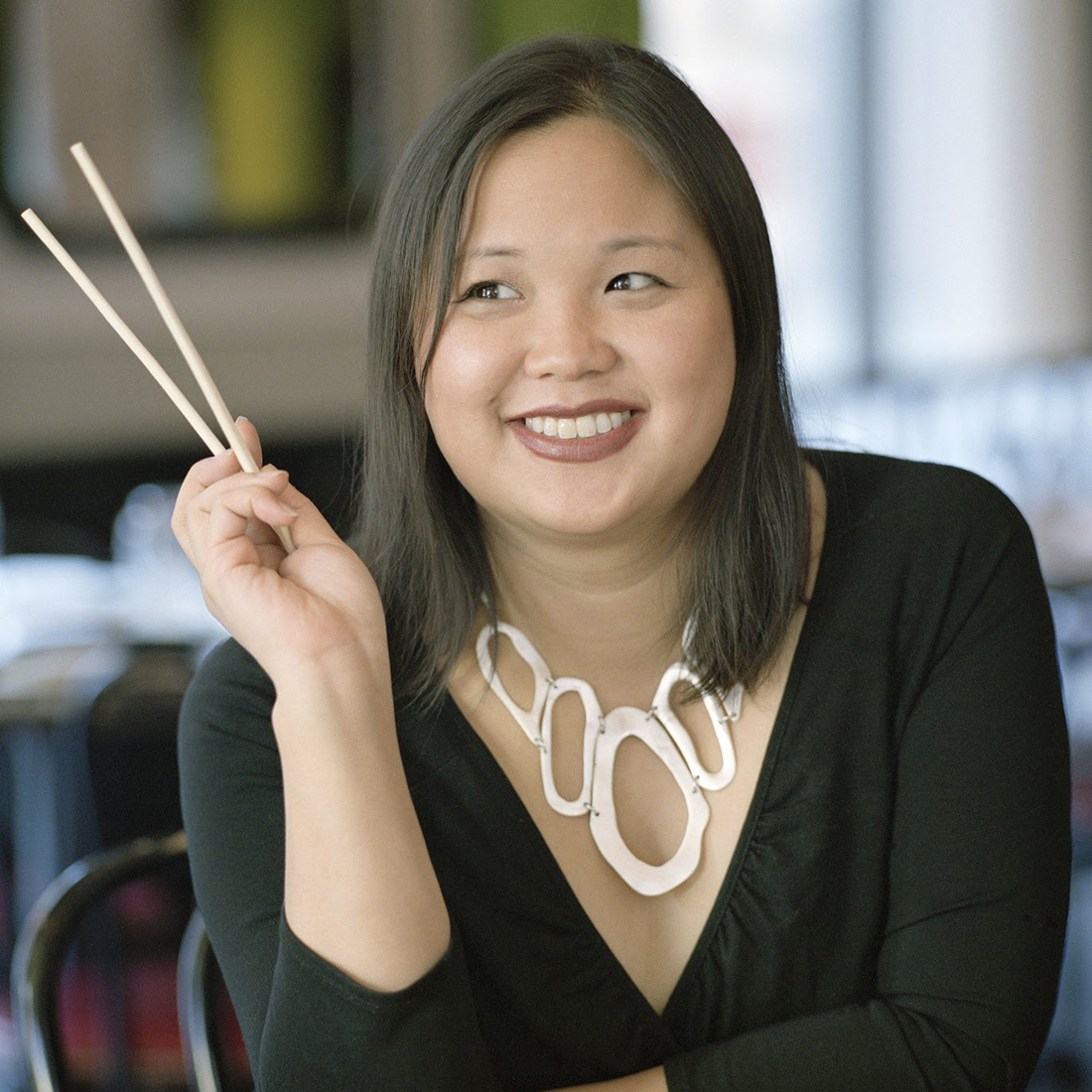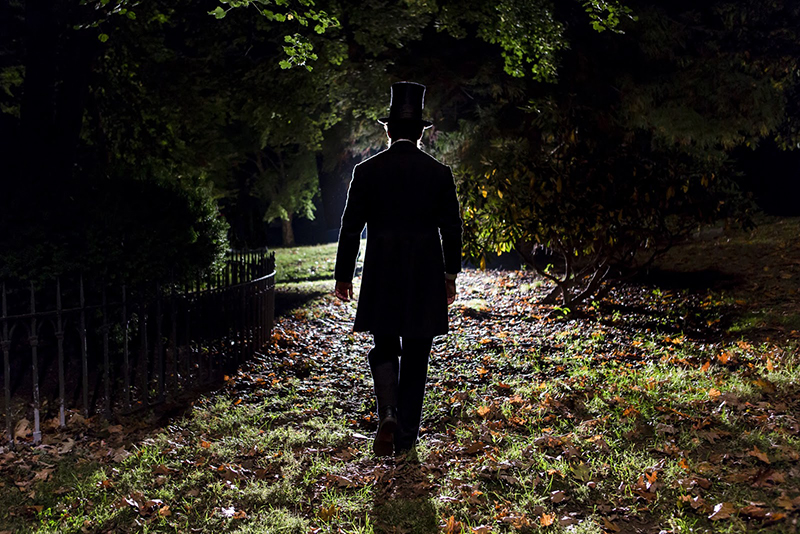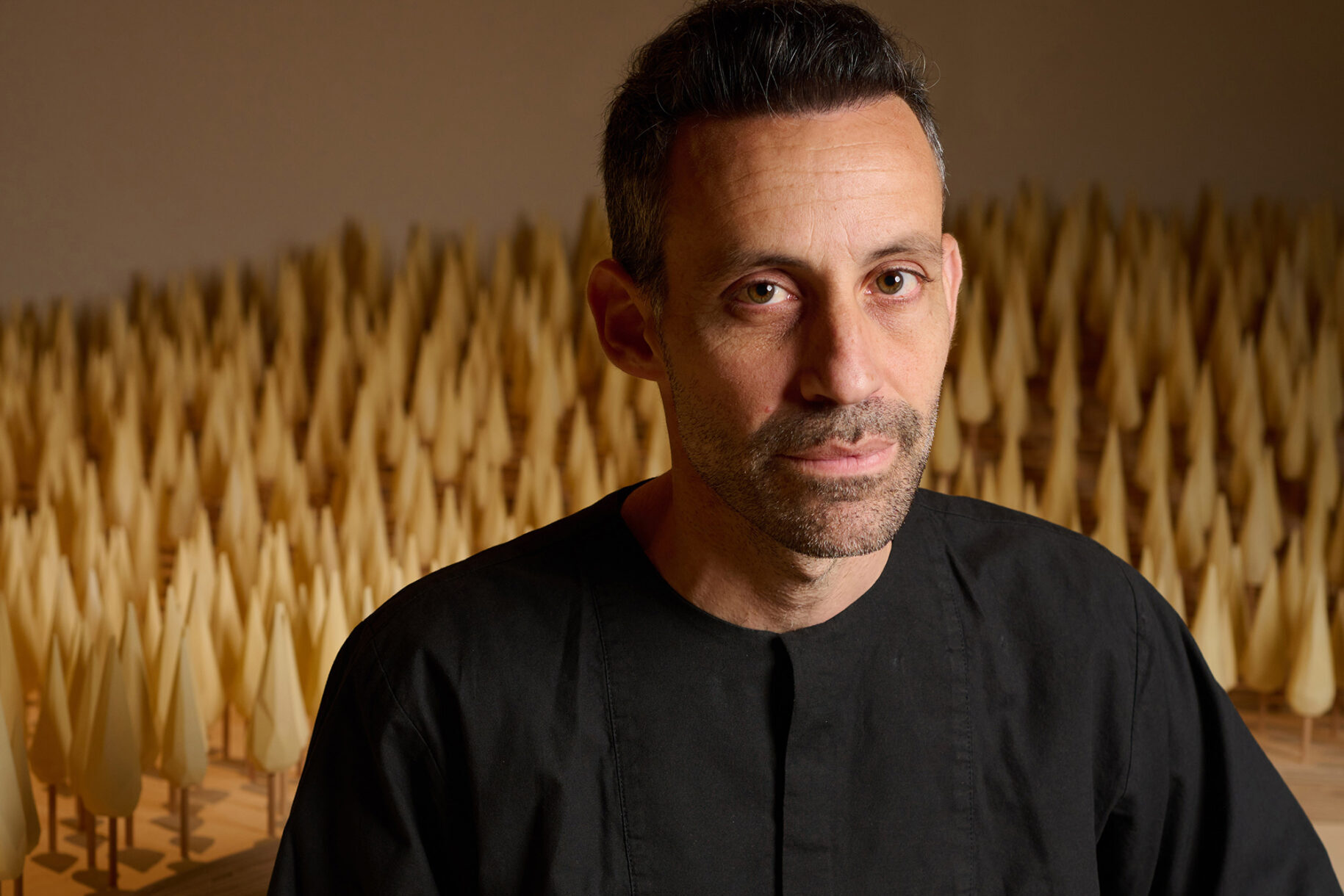
July 11, 2018
Chain Letters: Jennifer 8. Lee

This interview is part of an ongoing Design Observer series, Chain Letters, in which we ask leading design minds a few burning questions—and so do their peers, for a year-long conversation about the state of the industry.
It‘s July, and we’re all looking to kick back at the beach. This month, we examine design and books, and why good readers make good designers.
Jennifer 8. Lee is co-founder and CEO of Plympton, a San Francisco-based literary studio that innovates in digital publishing. A former New York Times reporter, Jenny is a producer of “The Search for General Tso,” a documentary that premiered at the 2014 Tribeca Film Festival, and the author of the New York Times-bestselling book, The Fortune Cookie Chronicles (Twelve, 2008). She is the founder of Emojicon and MisinfoCon.

Two book covers from Plympton’s Recovering the Classics—a crowdsourced collection of original covers for great works in the public domain—Frankenstein by Luis Prado and Dracula by Steve St. Pierre.
The chief executive of Hachette Livre, Arnaud Nourry, recently said he was “convinced” that the publishing house could do more to use their content and digital properties beyond ebooks, but they’ve fallen short because editors are used to creating designs on a flat page and “don’t really know the full potential of 3-D and digital.” Do we need to think about reading differently?
Digital is indeed reinventing the format of the “book” or “book-like” reading experiences. But I think the best experiences are organically designed from the ground up, in a way that is native to the platforms and devices. The best examples of that are Wattpad, which combines serial writing and community, and the mobile apps that offer modern epistolary fiction in the form of texting dialogues, like Hooked and Yarn.
The legacy publishers could be doing more with what they have, but their potential is limited because they are coming from a place that is rooted in physical books. In many cases, they are also limited by the rights they receive from the original authors.
The legacy publishers could be doing more with what they have, but their potential is limited because they are coming from a place that is rooted in physical books.
A recent study found that the psychological experience of owning a physical book is different than owning an ereader: a physical book is an object with lasting value and emotional worth, like an heirloom. An ereader, in its current form, is more transactional; like a movie, you read it for the experience of its contents and the vessel is ephemeral. What value do you place on either and why?
For many, the love of books and reading is rooted in the sense that publishing is a craft — from the prose to font choice to cover design — and that everything along the way was carefully thought out. The physical object definitely captures and conveys the aesthetic judgement that went into bringing the work into being.
You lose a lot of this control with the eBook experience: the “page size,” the font choice, and even the color of the page. And you do lose certain aspects of the reading experience with digital books: the pride of a bookshelf in your house, the ability to strike up a conversation with someone about what they are reading on the subway.
But there are benefits, too: instant gratification, lighter form factor, searchability, dictionary definitions (helpful in a foreign language), the fact that you can see how many people also highlighted a section of text, which gives you a communal sense of reading that really surprised me the first time I came across it in a Kindle book. And you don’t have to lug boxes of heavy books when you move!
The hardcore approach is to buy the digital version to read, but also have the hardcover at home. I’ve been known to do that with big literary books.

Still from LINCOLN IN THE BARDO, a virtual reality adaptation of George Saunders’ highly anticipated forthcoming novel.
Is the direct comparison made between print and ebooks even a fair one to make when the experience is so completely different?
In the same way that the “dime novel” revolutionized the kinds of books that were available for people to read, and train stations provided a new distribution network, ebooks are changing what is being published — and that’s great. There’s been an explosion of self-published works, especially in the romance/erotic category, and more published works that are shorter in length.
In the same way that the “dime novel” revolutionized the kinds of books that were available for people to read, and train stations provided a new distribution network, ebooks are changing what is being published — and that’s great.
What are the design features that encourage you to return to a book again and again?
First and foremost, it’s the content of the book itself that pulls you back again and again. But since you specifically asked about design, the things I love are the thickness of the paper (I especially love deckle edges), the choice of fonts, the beauty of the cover, the smell. I think the hardcover Harry Potter books are spectacular, designed to be keepsakes passed from generation to generation. Those, in my mind, are absolutely worth buying as hardcovers instead of paperbacks. Something like 7% of the linear personal bookshelf space in the United States and Canada are Harry Potter, which is a testimony to how resonant those books are.

The Subway Library is a Plympton initiative that provides subway riders in New York City with free access to hundreds of e-books, excerpts, and short stories—all ready to read on the train.
From Anna Gerber, co-founder of Visual Editions: Your work plays with the idea of narrative environments, at what point do you think a book stops being a book? Or do you think this doesn’t matter?
For right or wrong, I think of a “book” as a unit of permanent reading that is designed to be consumed, sold, and distributed as a holistic unit with a cover. There are many works of wonderful writing that are not designed for that mode of distribution and consumption. I’m in love with serialized fiction, which I think is an organic, wonderful way of storytelling that the digital format is well suited for. Wattpad has demonstrated some of serial fiction’s potential, but I would love for it to become a powerful form for writers who have been traditionally published. There will be stumbling blocks in working out the platforms, distribution, and economics before it can achieve its full digital glory. But we’ve been patiently waiting for it. In my line of work, sometimes you have to wait for the future to catch up.
Next week Jennifer asks Joan Wong: What, in your eyes, goes into a spectacular and memorable book cover?
Observed
View all
Observed
By Lilly Smith
Related Posts

Design Juice
Rachel Paese|Interviews
A quieter place: Sound designer Eddie Gandelman on composing a future that allows us to hear ourselves think

Design of Business | Business of Design
Ellen McGirt|Audio
Making Space: Jon M. Chu on Designing Your Own Path

Design Juice
Delaney Rebernik|Interviews
Runway modeler: Airport architect Sameedha Mahajan on sending ever-more people skyward

Sustainability
Delaney Rebernik|Books
Head in the boughs: ‘Designed Forests’ author Dan Handel on the interspecies influences that shape our thickety relationship with nature
Recent Posts
Mine the $3.1T gap: Workplace gender equity is a growth imperative in an era of uncertainty A new alphabet for a shared lived experience Love Letter to a Garden and 20 years of Design Matters with Debbie Millman ‘The conscience of this country’: How filmmakers are documenting resistance in the age of censorshipRelated Posts

Design Juice
Rachel Paese|Interviews
A quieter place: Sound designer Eddie Gandelman on composing a future that allows us to hear ourselves think

Design of Business | Business of Design
Ellen McGirt|Audio
Making Space: Jon M. Chu on Designing Your Own Path

Design Juice
Delaney Rebernik|Interviews
Runway modeler: Airport architect Sameedha Mahajan on sending ever-more people skyward

Sustainability
Delaney Rebernik|Books
